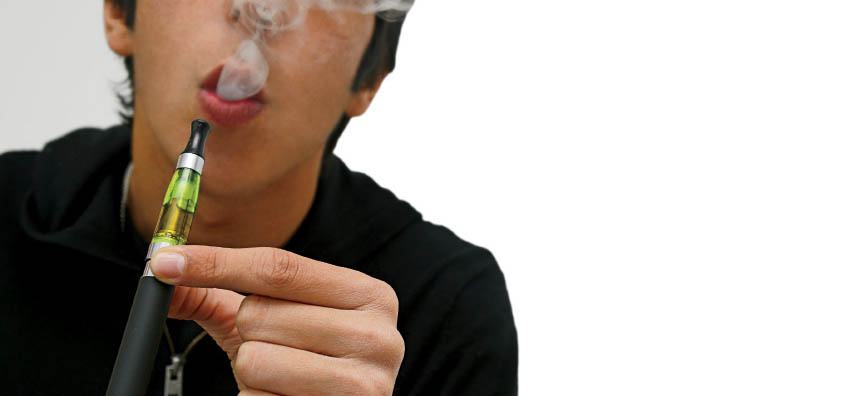Rustic and somewhat wild. It is the trait of marigold’s appearance that is striking at first glance. Little known is that this ‘unpretentious’ flower, as it adapts well to any soil, has multiple uses, various curiosities about its use in ancient peoples or that it has been the subject of various legends, not least of which it also has some therapeutic properties exploited especially in homeopathy, and cosmetics. We just have to start telling the story.
Name. He is already a ‘legend’. In fact, some believe that calendula comes from the Latin word calendae, meaning “first day of the month,” in fact it blooms once a month throughout the summer. Others, however, attribute it to the term “calendar,” we add ‘meteorological’: peasant tradition says that if this flower, which normally opens in the morning and closes in the evening, does not open its corolla to the sun, the day will turn ugly: hint of rain on the horizon! This ‘rumor’ perhaps finds its origin in some medieval texts in which marigold is called: Solis sponsa, “bride of the sun.” Finally, some also know it by the name“Mary’s gold,“ perhaps because of the calendula infusion’s ability to relieve menstrual pain, thus linking it to the feminine element, the Great Mother. It is no coincidence that its hooked seed resembles a crescent moon, which par excellence in archetypes is the feminine symbol, those of woman opposite the sun, a masculine element.
Family and appearance. Marigold belongs to the Asteraceae family and differs in about 20 varieties. More precisely, it is an herbaceous plant of the Composite family that can be annual, biennial or perennial. The characteristics of marigold are: an erect stem, which can reach a height of up to 70-100 cm, thick alternate leaves on the stem with entire or slightly toothed margins, and flowers resembling daisies, yellow or orange-red in color that bloom in summer. Because of this ‘simplicity” and perhaps also because of the flowering flower heads, marigold is popularly called a ‘florist’. But its distinctiveness is absolutely the fruit, called the achene, which also has several varieties: it can be “rostrato,” if curved and prolonged into a kind of beak without thorns; “cymbiform,” if curved, winged, but without a beak; “annular,” if very curved and often, as the name implies, folded in on itself, until it closes into a ring, without wings or thorns. Last note: the plant if rubbed gives off a pleasant aroma.
Its habitat. Marigold does not have a favored ‘territory’; it grows well just about anywhere, in hills up to 600 m above sea level, in areas with good exposure. In Italy it is found mainly in the South, in the wild state, although its origins are essentially European, North African and West Asian. Some varieties, with larger, more colorful flowers, are grown in gardens or in pots on terraces. In fact, marigold is mostly used for ornamental purposes, including in cooking to decorate dishes and dishes, or as a ‘substitute’ for saffron, or in cosmetics and homeopathy, while still other species are grown industrially for the production of cut flowers.
Curiosities and (other) legends. Ancient Egyptians are said to have believed marigold was capable of rejuvenation, while Hindus employed it to adorn temples and the Persians and Greeks used the petals to decorate food. Instead, the notion that marigold is also a symbol of submission and pain is owed to an ancient Greek legend that tells that Aphrodite grew up with Adonis, the son of Myrrh and Thia, as his mother Myrrh for a punishment inflicted by the gods had been turned into a tree. It happened that Aphrodite fell in love with young Adonis, arousing the wrath of her husband Mars, the god of war, who, in revenge, hurled a boar at Adonis with the intent of wounding him to death. Aphrodite to protect Adonis, who was injured, hid him in a chest and entrusted him to the care of Proserpine, the queen of the Underworld. The latter, however, driven by curiosity opened the chest and discovered the ‘contents,’ she too fell in love with Adonis. When Aphrodite demanded the return of the chest, upon receiving Proserpine’s refusal, she appealed to all the Olympian gods for justice for the wrong she had suffered. Zeus thus decided that Adonis from then on would spend part of the year with Aphrodite, among the living, and the other half with Proserpine, among the dead. But when Adonis returned to the Underworld, Aphrodite wept bitterly and from her tears was born a Marigold plant that, like Adonis, would be destined for periods of life alternating with periods of death. This conception of grief and resentment still exists; in fact, Mexicans associate marigold with death, on a par with our chrysanthemum, partly as a function of a local legend that the flower came to Mexico brought by conquistadors, where it developed because of the blood spilled by indigenous people, victims of white colonization. Finally, the English associate it with jealousy: folk tradition holds that spinsters, having never been loved by anyone, turn into yellow Marigolds from anger when they die.
Marigold uses. Marigold flowers are edible, particularly the petals can be an ‘ingredient’ in salads or be used in the preparation of candied desserts, while the buds are often preserved in vinegar. In cosmetics, however, it can be made into an oleolite, made from the dried flower heads. Would you like to try? Let the flowers dry in a dark place so that they do not undergo fermentation and/or damage. Once the flowers are dry (it will take several months), they should be placed in steel containers into which extractor vehicles, usually sunflower oil or vegetable glycerin, should be added and left there to macerate. Remember to turn and stir the flowers frequently so that they mix with the oily substances. At the end of the process you will have obtained a calendula oleolite, concentrated and rich in beneficial properties.
Cultivation and planting. Marigold can be sown twice a year: in March/April to get the summer bloom, or in September/October to get the winter bloom. The seeds or seedlings should be placed in large pots about 30 cm apart, taking care to water the soil regularly throughout the year, but without overdoing it because marigold does not like copious water or stagnation If you live in areas with a very harsh climate, it is convenient to cover the pot with a simple plastic sheet to keep until germination. If you grow it in the garden, where it tends to scatter spontaneously, be aware that its flowers attract pollinating insects such as bees and bumblebees, while its roots drive larvae and nematodes out of the soil: so it is beneficial for other plants as well. Regarding exposure, marigold does well in both full sun and half shade; so in the former case you will need to water it every day and in the latter every other day. If you keep these pointers in mind, you can enjoy its flowers for a long time; in fact, they begin to bloom in May and last until November.
***
Clip
Other cautions and directions: As mentioned, the plant does not give particular problems. Regarding the potting soil, garden soil is fine, but be careful that it is not too compact and that the pot has an effective drainage system for excess water so that the soil always remains well drained. Regarding fertilization, always do it before flowering, using mixed, ready-to-use liquid fertilizer against pests, rust and grubs. In fact, among the possible diseases that can affect marigold are precisely rust, nightshades, caterpillars generated by moths, and whitefly, a fungus. If transplanting is needed, follow the same periods as planting: do it in spring or fall.
Bibliography
- Funk V.A., Susanna A., Stuessy T.F. and Robinson H.,
Classification of Compositae
, in.
Systematics, Evolution, and Biogeography of Compositae
(PDF), Vienna, International Association for Plant Taxonomy (IAPT), 2009. URL accessed December 5, 2010 (archived from the original on April 14, 2016). - C. Di Stanislao, O. Iommelli, L. Giannelli, G. Lauro – “Comparative phytotherapy” – Massa Editore
- “Encyclopedia of Phytotherapy” – Ed. Riza
- “Good herbs for health” – Ed. Demeter joints
- “Guide to Natural Medicine” – Ed. Selection
- C. Monti – “Herbs and Spices. Cooking, health and beauty” – Ed. Xenia
- “Nature & Health” – Ed. De Agostini
- –My Flowers and My Plants”–Alberto Peruzzo Editore




















































































